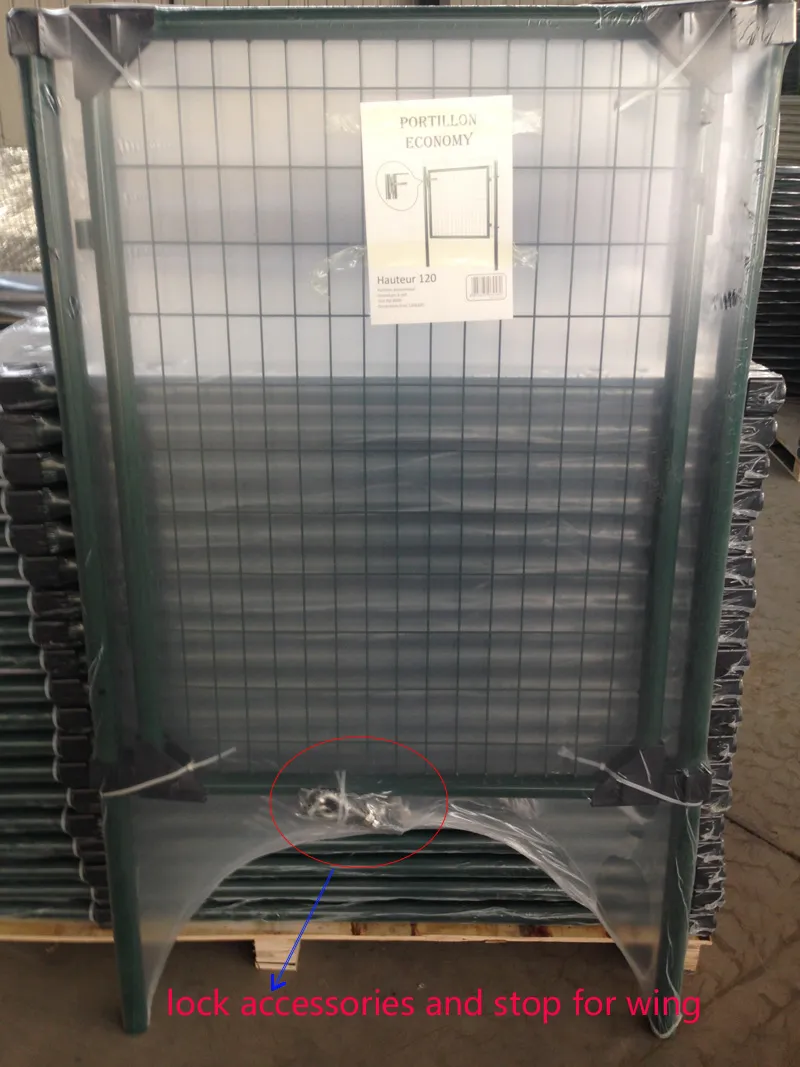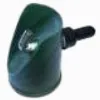-
Email:zhao@hyliec.cn
-
Tel:+86 311 85273988
-
WhatsAPP:8613931128750
-
 Afrikaans
Afrikaans -
 Albanian
Albanian -
 Amharic
Amharic -
 Arabic
Arabic -
 Armenian
Armenian -
 Azerbaijani
Azerbaijani -
 Basque
Basque -
 Belarusian
Belarusian -
 Bengali
Bengali -
 Bosnian
Bosnian -
 Bulgarian
Bulgarian -
 Catalan
Catalan -
 Cebuano
Cebuano -
 Corsican
Corsican -
 Croatian
Croatian -
 Czech
Czech -
 Danish
Danish -
 Dutch
Dutch -
 English
English -
 Esperanto
Esperanto -
 Estonian
Estonian -
 Finnish
Finnish -
 French
French -
 Frisian
Frisian -
 Galician
Galician -
 Georgian
Georgian -
 German
German -
 Greek
Greek -
 Gujarati
Gujarati -
 Haitian Creole
Haitian Creole -
 hausa
hausa -
 hawaiian
hawaiian -
 Hebrew
Hebrew -
 Hindi
Hindi -
 Miao
Miao -
 Hungarian
Hungarian -
 Icelandic
Icelandic -
 igbo
igbo -
 Indonesian
Indonesian -
 irish
irish -
 Italian
Italian -
 Japanese
Japanese -
 Javanese
Javanese -
 Kannada
Kannada -
 kazakh
kazakh -
 Khmer
Khmer -
 Rwandese
Rwandese -
 Korean
Korean -
 Kurdish
Kurdish -
 Kyrgyz
Kyrgyz -
 Lao
Lao -
 Latin
Latin -
 Latvian
Latvian -
 Lithuanian
Lithuanian -
 Luxembourgish
Luxembourgish -
 Macedonian
Macedonian -
 Malgashi
Malgashi -
 Malay
Malay -
 Malayalam
Malayalam -
 Maltese
Maltese -
 Maori
Maori -
 Marathi
Marathi -
 Mongolian
Mongolian -
 Myanmar
Myanmar -
 Nepali
Nepali -
 Norwegian
Norwegian -
 Norwegian
Norwegian -
 Occitan
Occitan -
 Pashto
Pashto -
 Persian
Persian -
 Polish
Polish -
 Portuguese
Portuguese -
 Punjabi
Punjabi -
 Romanian
Romanian -
 Russian
Russian -
 Samoan
Samoan -
 Scottish Gaelic
Scottish Gaelic -
 Serbian
Serbian -
 Sesotho
Sesotho -
 Shona
Shona -
 Sindhi
Sindhi -
 Sinhala
Sinhala -
 Slovak
Slovak -
 Slovenian
Slovenian -
 Somali
Somali -
 Spanish
Spanish -
 Sundanese
Sundanese -
 Swahili
Swahili -
 Swedish
Swedish -
 Tagalog
Tagalog -
 Tajik
Tajik -
 Tamil
Tamil -
 Tatar
Tatar -
 Telugu
Telugu -
 Thai
Thai -
 Turkish
Turkish -
 Turkmen
Turkmen -
 Ukrainian
Ukrainian -
 Urdu
Urdu -
 Uighur
Uighur -
 Uzbek
Uzbek -
 Vietnamese
Vietnamese -
 Welsh
Welsh -
 Bantu
Bantu -
 Yiddish
Yiddish -
 Yoruba
Yoruba -
 Zulu
Zulu
Temporary Site Security Fencing Durable, Portable & Cost-Effective
- Understanding the Importance of Temporary Site Security Fencing
- Technical Advantages of Modern Fencing Solutions
- Comparing Leading Manufacturers in the Industry
- Customization Options for Varied Project Needs
- Real-World Applications Across Industries
- Installation Best Practices and Maintenance
- Future-Proofing Construction Site Security

(temporary site security fencing)
Why Temporary Site Security Fencing is Essential for Modern Construction Sites
Construction sites experience 23% fewer security breaches when using certified temporary fencing systems (2023 Construction Safety Report). These barriers serve dual purposes: preventing unauthorized access while meeting OSHA compliance standards. High-density polyethylene (HDPE) panels now dominate 68% of the market due to their weather-resistant properties and 10-year UV degradation warranties.
Technical Specifications Driving Industry Adoption
Modern temporary site fencing incorporates anti-climb designs with 45-degree panel tops and interlocking base plates. Steel-reinforced variants withstand 120mph winds while maintaining portability – a single worker can install 100 linear feet in under 90 minutes. Digital integration options including RFID-enabled gates now appear in 42% of commercial projects.
Manufacturer Comparison Analysis
| Brand | Price/ft | Warranty | Panel Thickness | Install Time |
|---|---|---|---|---|
| SiteGuard Pro | $4.20 | 8 years | 2.5mm | 1.2h/100ft |
| BarricadeMaster | $3.85 | 5 years | 2.0mm | 1.8h/100ft |
| FortiFence | $4.50 | 10 years | 3.0mm | 0.9h/100ft |
Tailored Solutions for Specific Security Requirements
Modular systems allow height adjustments from 6ft to 10ft with optional 18-inch foundation extensions. Custom branding achieves 97% visibility through screen-printed logos on galvanized mesh. Projects requiring enhanced security can integrate vibration sensors detecting climbing attempts within 0.3 seconds.
Documented Success in Diverse Environments
Case Study 1: A 15-acre London building site reduced equipment theft by 81% after installing 8ft temporary fencing with motion-activated cameras. Case Study 2: Music festival organizers prevented 92% of unauthorized entry attempts using 3000ft of interlocking barriers with RFID checkpoint gates.
Optimizing Installation and Long-Term Performance
Proper ground preparation decreases installation time by 35% according to field tests. Monthly inspections should verify base plate integrity and panel alignment. UV-resistant coatings require reapplication every 18-24 months in high-sunlight regions.
Future-Proofing Projects with Smart Security Fencing
IoT-enabled temporary site security fencing
now represents 29% of new installations, featuring real-time intrusion alerts via GSM modules. Hybrid systems combining physical barriers with AI surveillance cameras demonstrate 99.2% threat detection accuracy in pilot programs, signaling the next evolution in jobsite protection.

(temporary site security fencing)
FAQS on temporary site security fencing
Q: What are the benefits of using temporary site security fencing?
A: Temporary site security fencing provides perimeter control, deters unauthorized access, and enhances safety on construction sites. It is durable, easy to install, and often customizable to meet specific project needs.
Q: Where can I find temporary site fencing for sale?
A: Temporary site fencing is available through construction supply stores, specialized fencing retailers, and online marketplaces. Many suppliers offer bulk purchasing options and delivery services.
Q: What materials are used in building site security fencing panels?
A: Common materials include galvanized steel, mesh wire, and HDPE plastic. These materials ensure durability, weather resistance, and compliance with safety standards like BS 1722.
Q: How do I install temporary site security fencing effectively?
A: Secure the fencing panels using interlocking systems or clamps and anchor them with weighted bases or ground spikes. Ensure panels are aligned and gaps are minimized for maximum security.
Q: Can temporary fencing panels be reused for multiple projects?
A: Yes, most temporary fencing panels are designed for reuse. Their modular design and robust materials allow easy disassembly, transport, and reinstallation across different sites.
-
The Ultimate Tool for Efficient Fencing Work
NewsJul.10,2025
-
The Guide to Metal Garden Fence Panel Options
NewsJul.10,2025
-
Essential Garden Gate Security Features
NewsJul.10,2025
-
Creative Fence Post Art Displays
NewsJul.10,2025
-
Best Trellis for Climbing Plants
NewsJul.10,2025
-
A Guide About Wire Fence Rolls
NewsJul.10,2025
